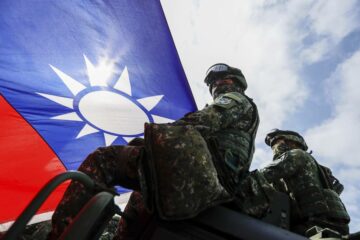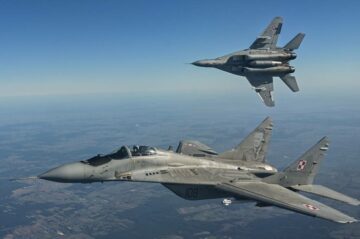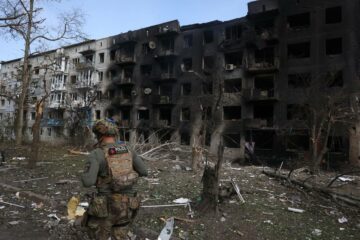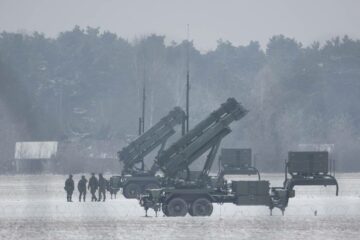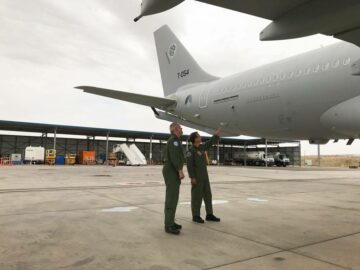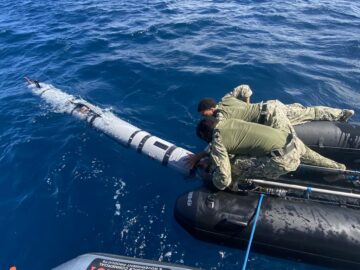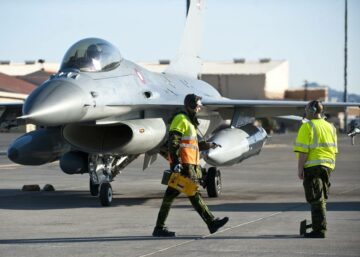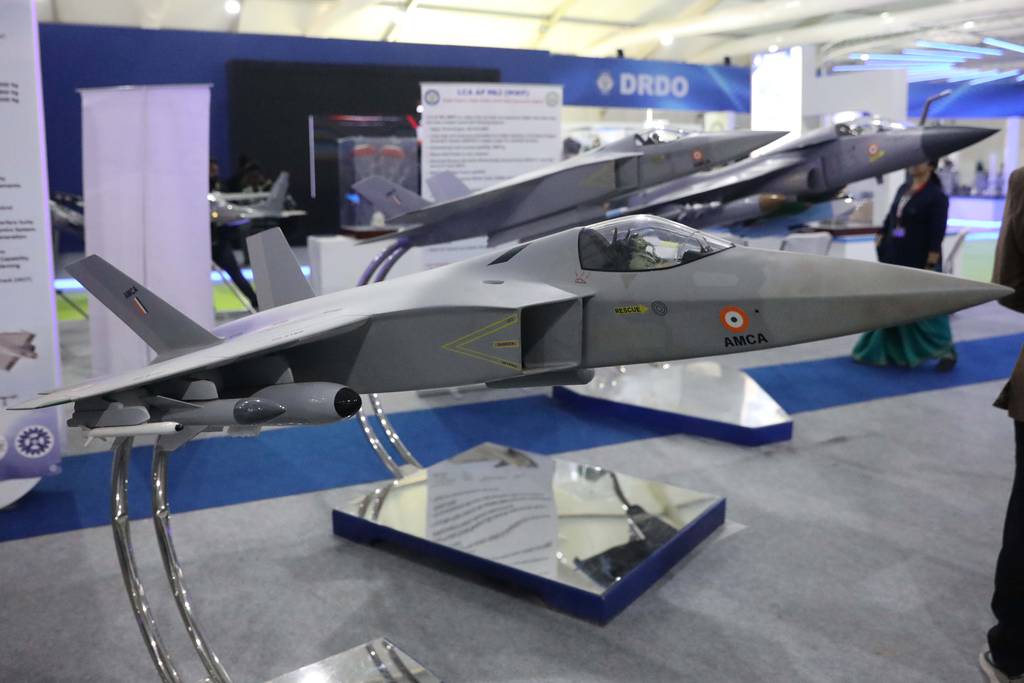
CHRISTCHURCH, New Zealand — India’s Cabinet Committee on Security has given a green light to continue development of the Advanced Medium Combat Aircraft, India’s indigenous fifth-generation fighter jet.
The state-run Aeronautical Development Agency and Hindustan Aeronautics Ltd. are leading this development effort. The committee early this month granted the project 150 trillion rupees (U.S. $1.8 billion) to fund the twin-engine AMCA’s full-scale design and development, flight testing and certification.
Krishna Rajendra, AMCA project director at the Aeronautical Development Agency, said five prototypes are expected. He also confirmed the fighter’s maiden flight should occur before the end of 2028.
The Indian Air Force previously said it would like seven squadrons of these stealthy fighters. Although the government has not formally stated when AMCA will commence series production, Indian media are quoting a date of 2035.
K.P Sanjeev Kumar, a former Indian naval aviation test pilot and aviation commentator, told Defense News “an optimistic and realistic timeframe for final operational clearance would be 2040 or beyond.” Final operational clearance refers to an aircraft attaining its full capabilities so it is ready for service.
The Air Force’s first two AMCA squadrons will receive Mk-1 aircraft, powered by General Electric F414 engines that produce 22,000 pounds of thrust.
Later, the next five squadrons will receive the AMCA Mk-2, with bigger engines producing nearer 25,000 pounds of thrust for a supersonic cruising capability. The new engine with thrust vector control will be co-developed with a foreign partner.
Development of the AMCA commenced in 2008, and its design was finalized in 2022. Last December, it successfully passed a platform-level critical design review.
This is India’s second domestic fighter program. However, the preceding Tejas fighter’s maiden flight occurred in 2001, and the first Tejas entered an operational squadron 15 years later — suggesting AMCA’s timeline may shift. India also suffered a costly failure when it attempted to develop the Kaveri engine for the Tejas light fighter.
Sanjeev Kumar stressed the importance of the AMCA to India.
“[They are] required as of yesterday, given the woefully short numbers of squadrons with gen-four aircraft and below, plus the looming threat of growing Chinese aggression,” he said.
Gordon Arthur is an Asia correspondent for Defense News. After a 20-year stint working in Hong Kong, he now resides in New Zealand. He has attended military exercises and defense exhibitions in about 20 countries around the Asia-Pacific region.
- SEO Powered Content & PR Distribution. Get Amplified Today.
- PlatoData.Network Vertical Generative Ai. Empower Yourself. Access Here.
- PlatoAiStream. Web3 Intelligence. Knowledge Amplified. Access Here.
- PlatoESG. Carbon, CleanTech, Energy, Environment, Solar, Waste Management. Access Here.
- PlatoHealth. Biotech and Clinical Trials Intelligence. Access Here.
- Source: https://www.defensenews.com/air/2024/03/13/india-approves-full-development-of-fifth-generation-fighter/
- :has
- :is
- :not
- ][p
- 000
- 15 years
- 15%
- 150
- 20
- 2001
- 2008
- 2022
- 2028
- 2035
- 2040
- 22
- 25
- 70
- 8
- 9
- a
- About
- advanced
- Aeronautics
- After
- agency
- AIR
- Air Force
- aircraft
- also
- Although
- an
- and
- approves
- ARE
- around
- Arthur
- AS
- asia
- At
- attaining
- attempted
- aviation
- BE
- before
- below
- Beyond
- bigger
- Billion
- by
- cabinet
- capabilities
- capability
- Certification
- chinese
- clearance
- combat
- commence
- commenced
- commentator
- committee
- CONFIRMED
- continue
- control
- costly
- countries
- critical
- Date
- December
- Defense
- Design
- develop
- Development
- Director
- Domestic
- Early
- effort
- Electric
- end
- Engine
- Engines
- entered
- exercises
- Exhibitions
- expected
- Failure
- fighters
- final
- finalized
- First
- five
- flight
- For
- Force
- foreign
- Formally
- Former
- full
- full-scale
- fund
- General
- General Electric
- given
- Government
- granted
- Green
- green light
- Growing
- he
- Hong
- Hong Kong
- However
- HTTPS
- images
- importance
- in
- india
- Indian
- IT
- ITS
- jpg
- Kong
- kumar
- Last
- later
- leading
- light
- like
- looming
- Ltd
- May..
- Media
- medium
- Military
- Month
- New
- New Zealand
- news
- next
- now
- numbers
- occur
- occurred
- of
- on
- operational
- Optimistic
- or
- partner
- passed
- pilot
- plato
- Plato Data Intelligence
- PlatoData
- plus
- pounds
- powered
- previously
- produce
- producing
- Production
- Program
- project
- prototypes
- ready
- realistic
- receive
- refers
- region
- required
- resides
- review
- s
- Said
- Second
- security
- Series
- service
- seven
- shift
- Short
- should
- So
- stated
- stealthy
- Successfully
- suffered
- supersonic
- test
- Testing
- that
- The
- These
- they
- this
- threat
- thrust
- timeframe
- timeline
- to
- told
- Trillion
- two
- u.s.
- vector
- was
- when
- will
- with
- woefully
- working
- would
- years
- yesterday
- Zealand
- zephyrnet

